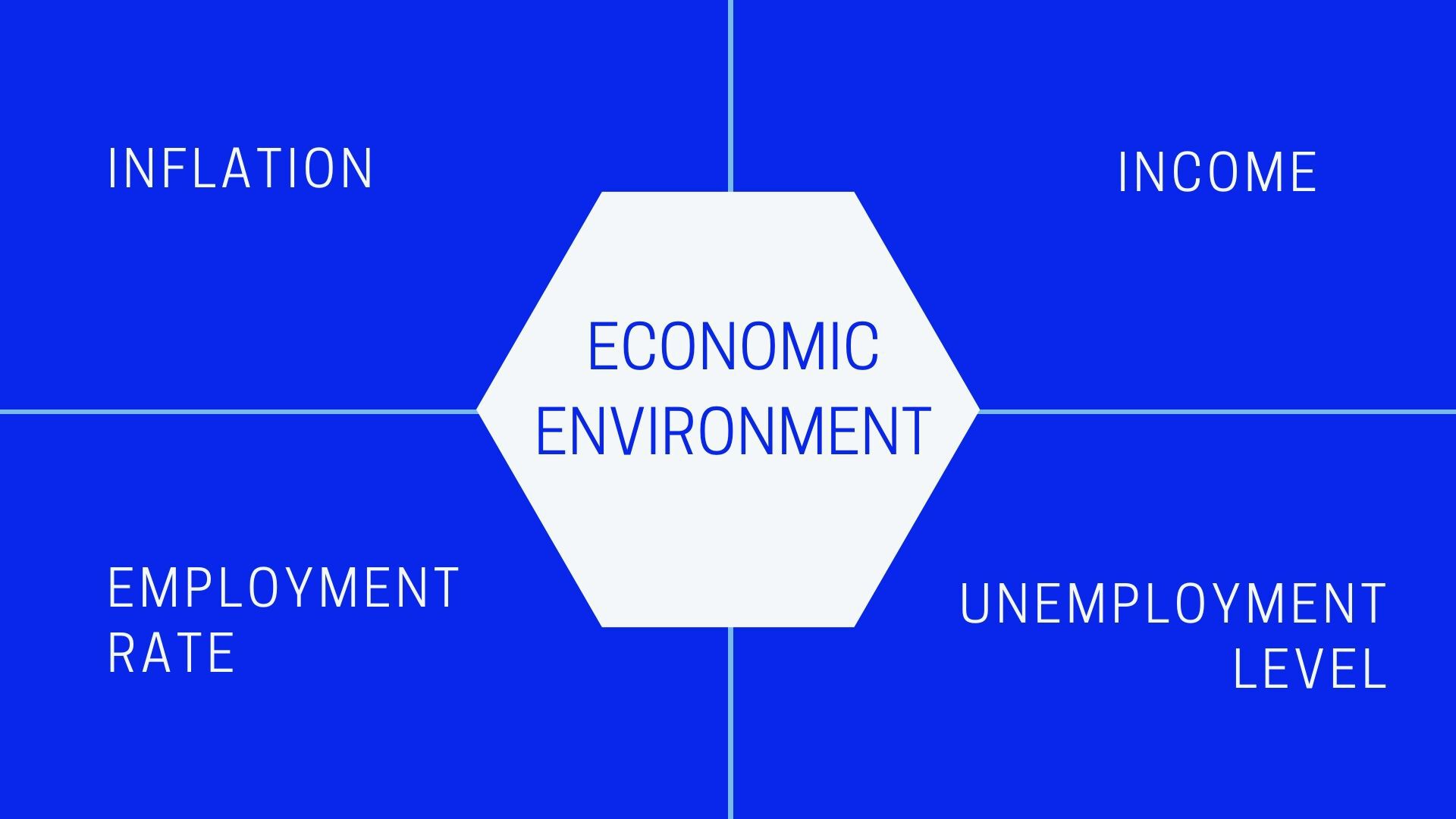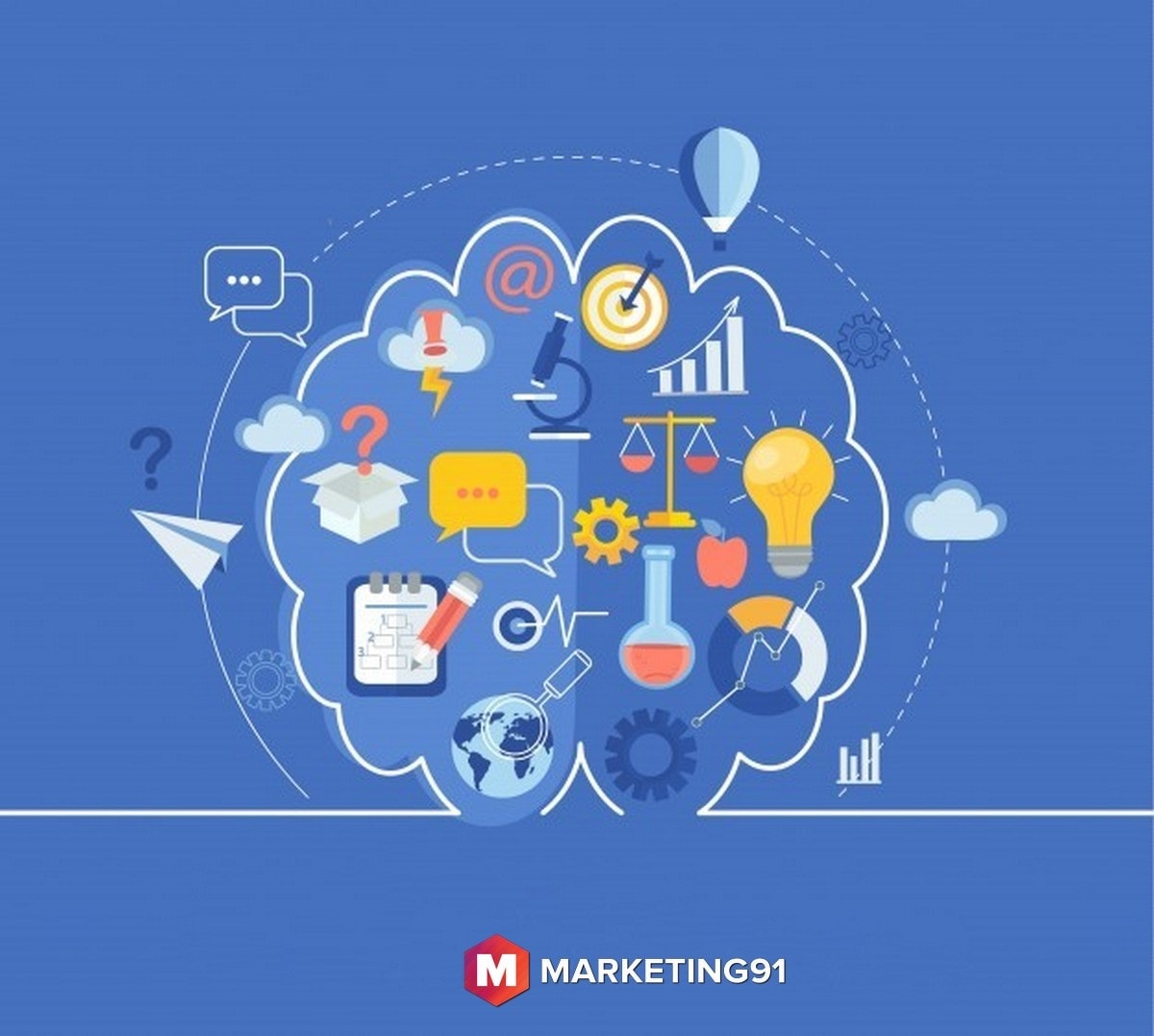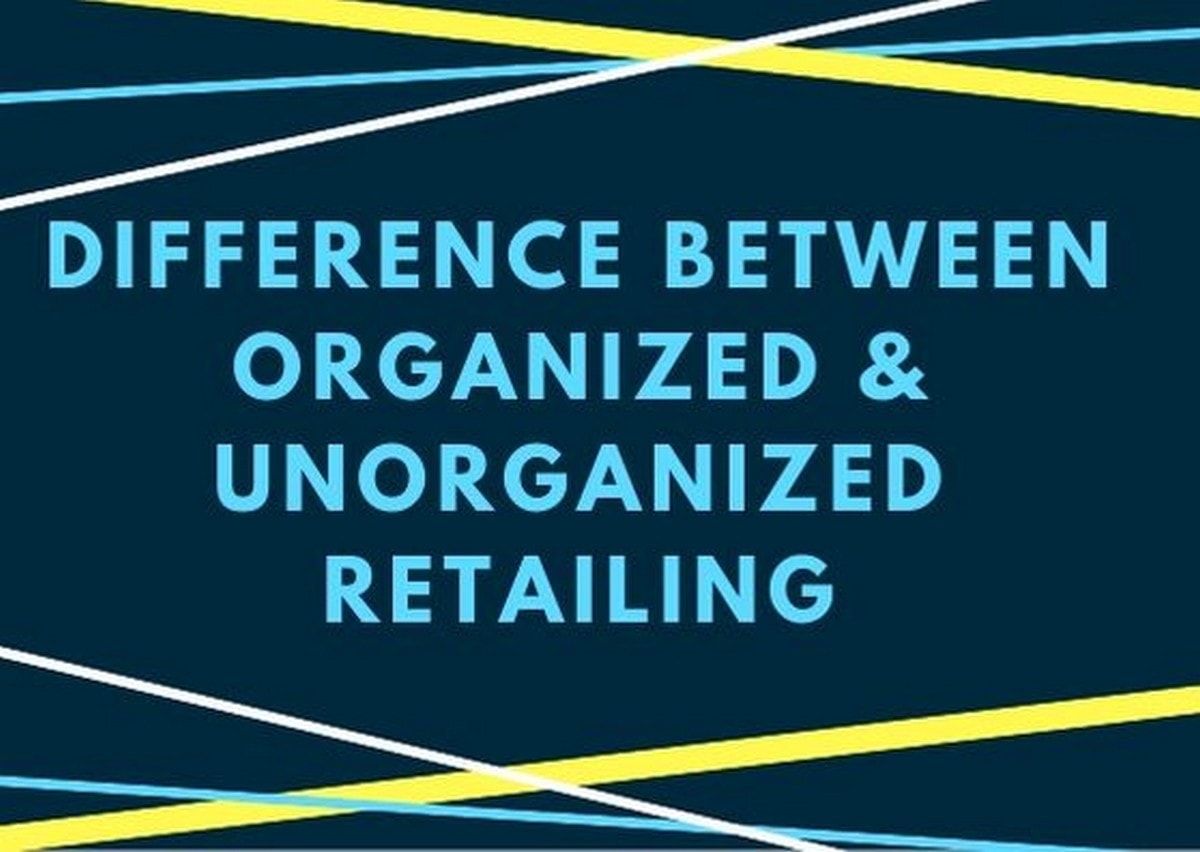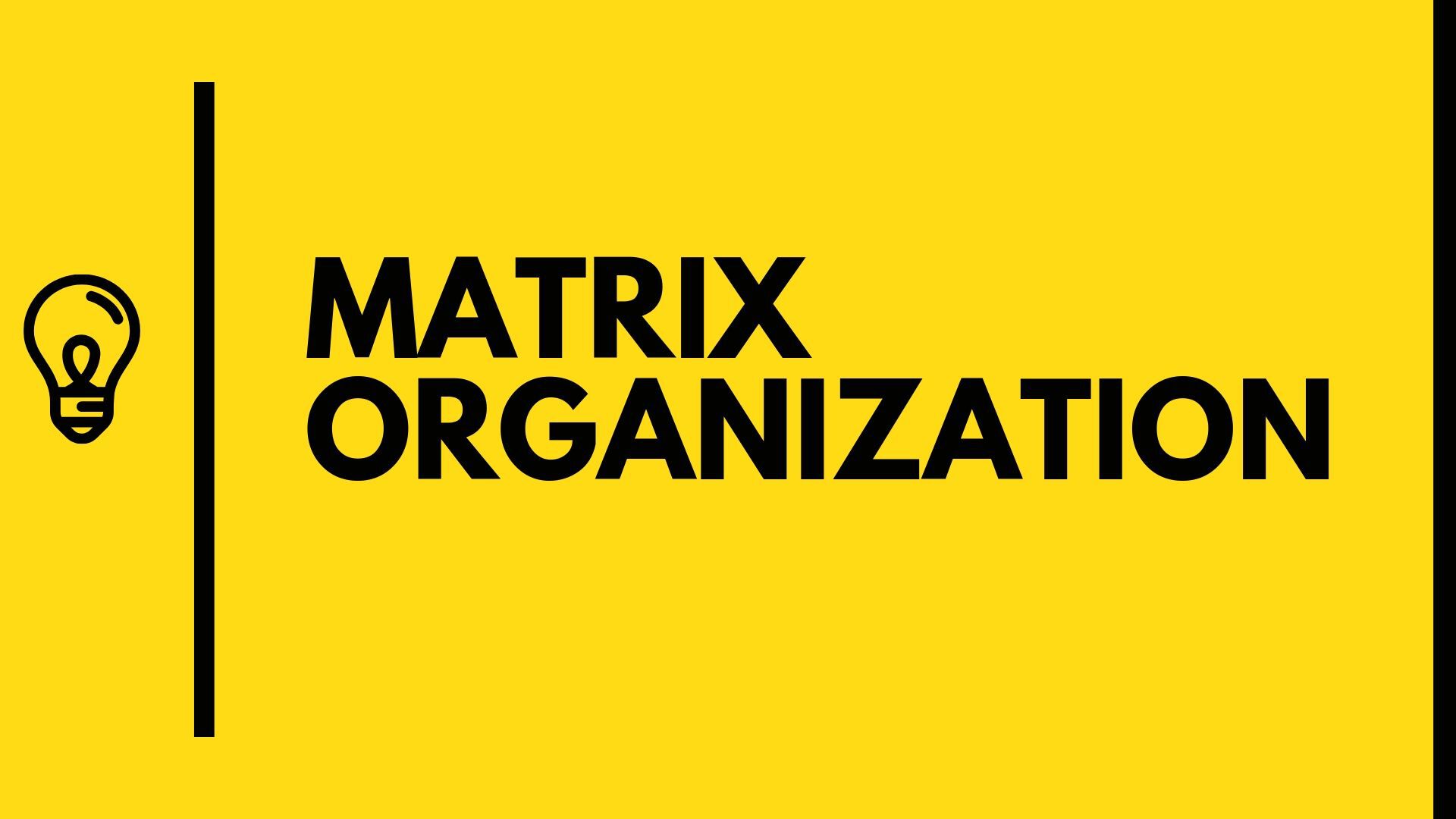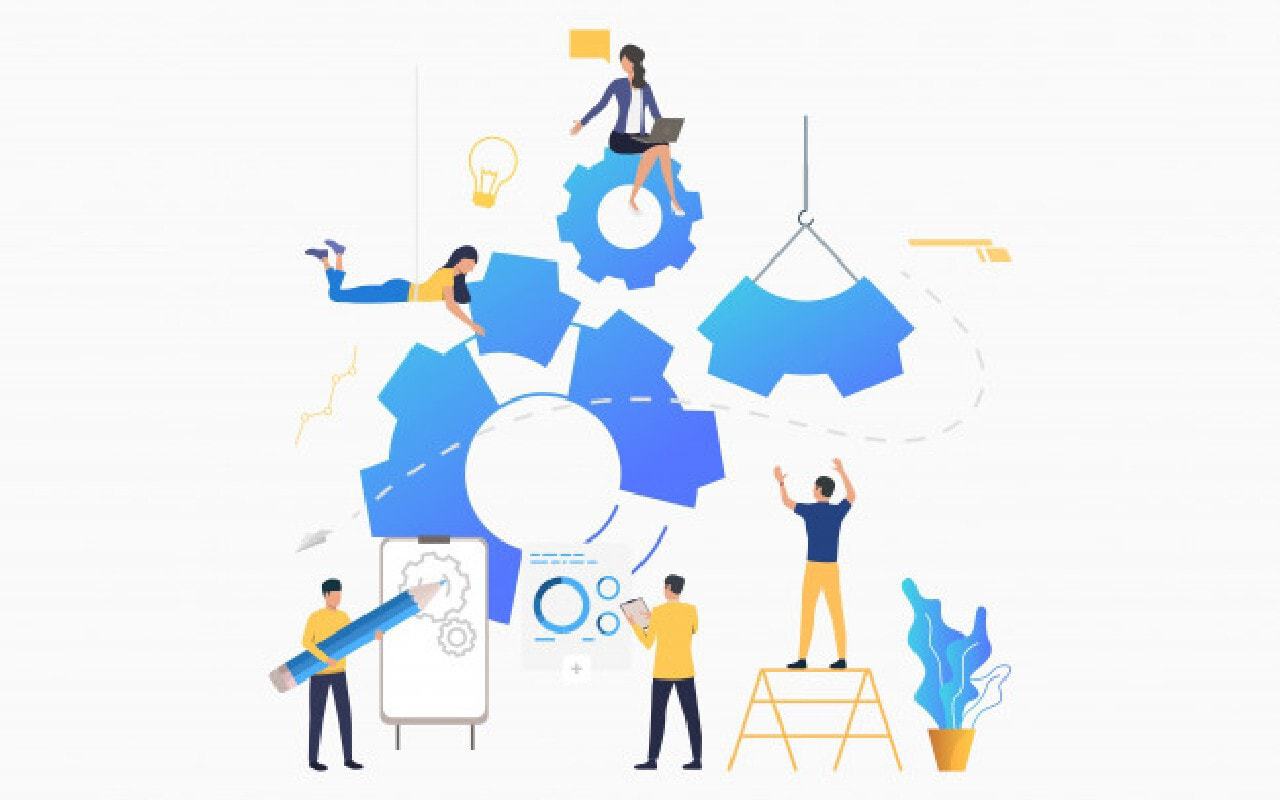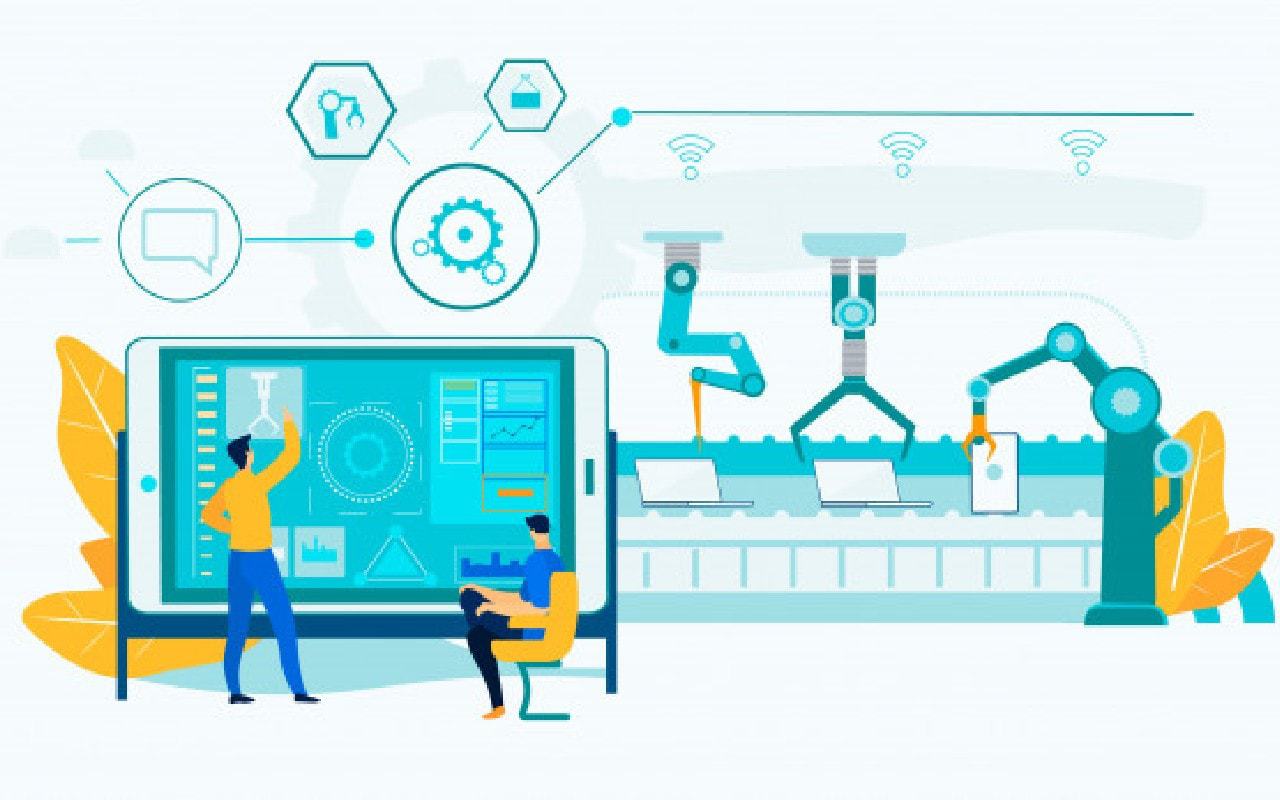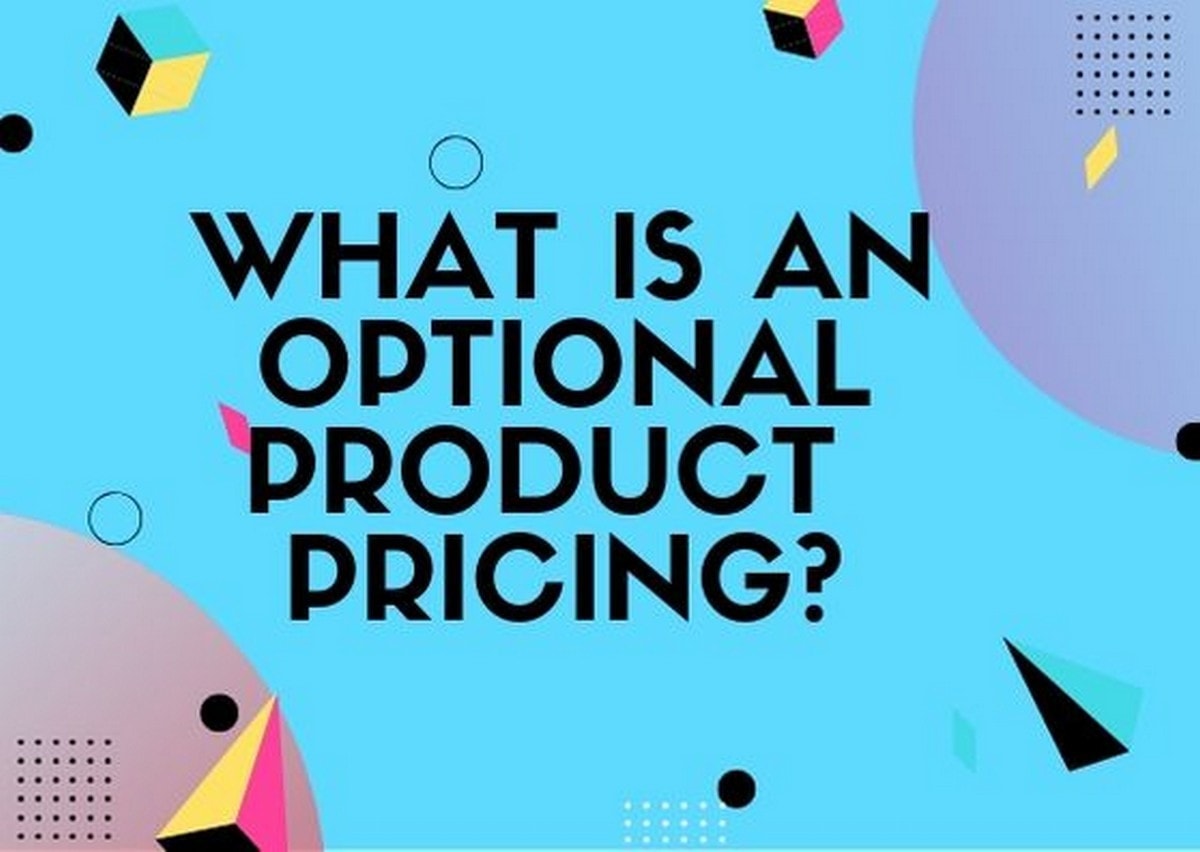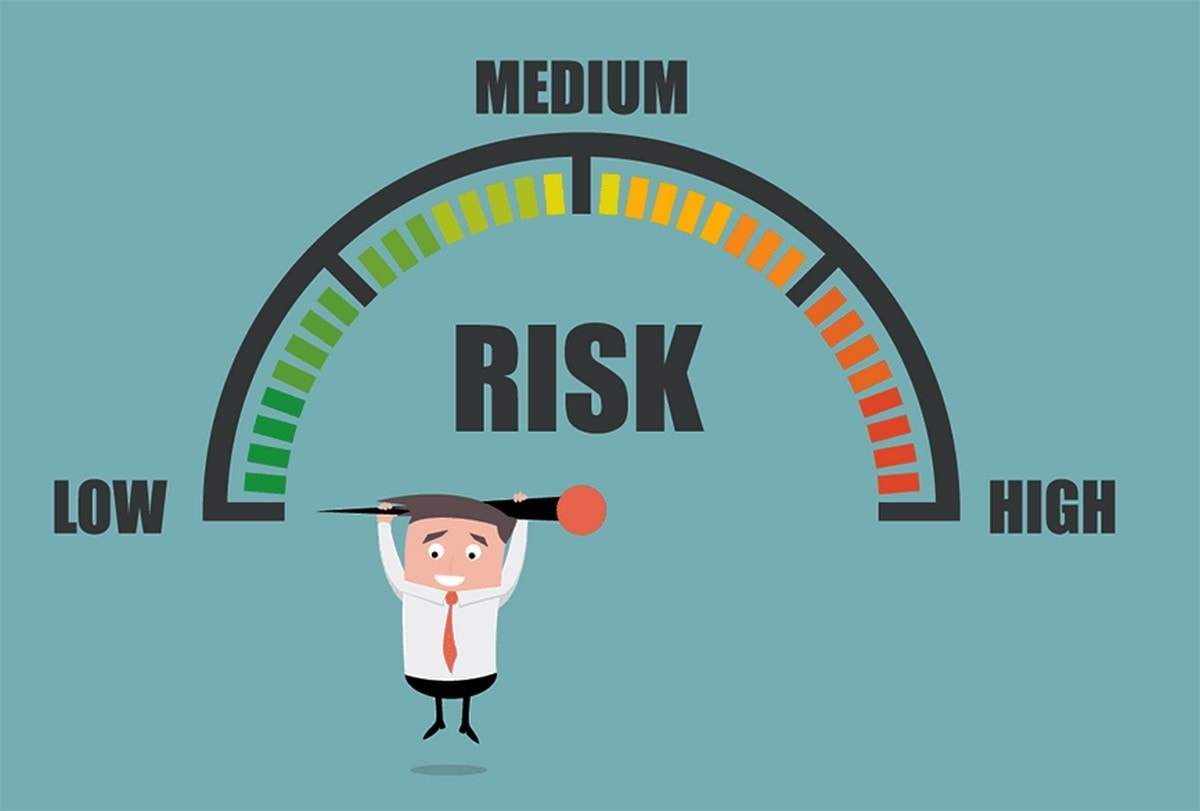The final earnings or profit, earnings per share EPS, or Net Income is referred to as the bottom line of the company. The bottom name…
What is Economic Environment? 10 Factors affecting it
The economic environment can be defined as the combination of all the economic factors such as, inflation, income, employment rate, etc. which affect the buying…
What Causes Change in an Organization? 10 Factors Explored
Change is constant, and change is inevitable. Change happens in every organization, and every organization is required to adapt to that change to maintain its…
The 11 Important Steps in Research Design
Research design is critical to the Market Research Process. In a previous article, we have discussed in detail about Research design and the 12 types…
Capacity Planning: Meaning, Strategies, Importance and Procedure
Capacity planning is defined as a method to gauge the production capacity needed to meet the changing product demands of an organization. Two terms of…
Difference Between Organized and Unorganized Retailing
The term retail stands for selling goods from a particular location. In the process of retailing, the job of a retailer is to play the…
Retail Marketing Mix and the 7 P’s of the Retail Mix
Retail marketing mix refers to the variables that a retailer can use in variable methods to arrive at an effective marketing strategy to attract his…
Matrix Organization: Structure, Types, Examples, and Advantages
Matrix organization is defined as a complex structure implemented by business organizations. In most cases, the business entity follows a hierarchy system but here, the…
Departmentalization: Meaning, Objectives, Types, Examples & Advantages
Departmentalization is defined as a process that groups activities into different departments. These departments are created so that tasks can be performed by specialization within…
Decision Matrix: Meaning, Examples, and How to use a Decision Matrix?
A decision matrix is defined in simple terms as a table that helps to evaluate a set of criteria against a set of options. It…
Merchandise Planning: Components, Importance, and Process
Merchandise planning refers to an approach based on data to select, buy, present, and sell merchandise to consumers so that the maximum rate of investment…
Operating Cycle: Meaning, & How to Reduce the Longer Operating Cycle?
Operating cycle is defined in terms of the average time an organization takes between spending money for operational activities and later collecting the amount of…
Matrix Management – Definition, Challenges and Types
Matrix management is defined as an organizational structure where some of the employees report to one or more than one leader at the same time….
Difference between Advertising and publicity
The difference between advertising and publicity lies mainly in their cost, control, and purpose. Advertising is a paid communication strategy corporations use to persuade potential…
SWOT Analysis of Asda (Complete SWOT Matrix and Analysis)
Asda is a popular retail industry. It is a British supermarket retailer that was formed during the year 1949 and is headquartered in Leeds, West…
Secondary Market – Examples, Types, Tools, and Players
What is the Secondary Market? The Secondary Market is where investors trade securities they already own. It is also called the aftermarket and is often…
Operational Efficiency: Meaning, Examples, and 15 Tips
Operational efficiency is defined as the ability of a business entity to deliver products and services cost-effectively while ensuring its high quality. It is also…
What is Market Orientation: Definition, Examples, Pillars, and Advantages
What is Market orientation? Market orientation is defined as an approach of a business entity that identifies the needs and wants of its target audience…
What is a Design Brief and How to Write it in 9 Easy Steps?
A design brief is an essential part of the design process, as it provides you and your designer with a clear direction for the project….
Operational Plan: Meaning, Limitations, Types, and how to Develop one?
An operational plan is defined as a plan that is set in motion to establish, increase, and improve the daily operations of a business entity….
What is Media Relations? Definition and Strategy
What are Media Relations? Media relations is the practice of managing the spread of information between an individual or an organization and the media. The…
Critical Path Method: Meaning, Steps, Benefits and Disadvantages
The critical path method is also referred to as CPM and is considered a network analysis algorithm used about controlling and planning of routine projects….
What is Retailing? Unique Ideas of Retail Businesses
Retailing is a process of distributing goods where the seller buys products from the manufacturing firms or manufacture the goods themselves and sells goods to…
SWOT Analysis of BHEL (Bharat Heavy Electricals Limited)
Bharat Heavy Electricals Limited (BHEL) is an electrical equipment industry that was formed during the year 1964 and is headquartered in New Delhi, India. It…
Interview Techniques: What are these & the Types of Interview Techniques
Interviews are a part of the hiring process as it gives an in-depth impression of the applicant to the interviewer. It is vital to get…
Cross-Functional Team: Meaning, Limitations, Factors, and Advantages
Cross-Functional team is defined as a workgroup that includes employees from different levels of an organization having different skills and knowledge collaborating for completing a…
Retail Store Location: Importance, Types, & Tips to have a Good Location
Having a good location for retail is one of the crucial impacts in the case of the marketing strategy of retail because many of the…
Reverse Auction: Meaning, Types, Steps, Benefits, and Disadvantages
A reverse auction is defined as an auction where the traditional roles of both the seller and buyer have reversed hence the name. In this…
Charismatic Leader: Meaning, Best Practices, Characteristic & Advantages
The leadership position in any organization is the center of power. All the power, authority, and resources gravitate to this position. The leaders are those…
Optional Product Pricing: Meaning, Advantages, and Disadvantages
Optional Product Pricing is a method to determine product costs where a business sets a low cost for its most basic product and then profits…
Tacit Knowledge: Meaning, Characteristics, Examples, and Advantages
Tacit knowledge is defined as the knowledge that is very difficult to impart to another individual either by telling him or writing it down. Several…
What is Time to Market? Definition, Importance, & Best Ways to Reduce TTM?
Definition: Time to Market (TTM) is the total length of time required to develop a product from its conception to its actual availability in the…
What is Viral Marketing? Examples & Techniques to Use in 2025
In 2023, viral marketing is more important than ever. Brands and marketers strive to create campaigns that resonate with audiences and have the potential to…
Predatory Pricing: Effects, Advantages, Disadvantages and Examples
Predatory pricing is defined as a strategy where a product or even a service is set at such a low price that it drives most…
Continual Improvement: Meaning, Benefits, Disadvantages, & Applications
Continual improvement is defined as a process that includes ongoing and continuous effort to improve the standard of processes, services, or products. It is always…
Operational Risk: Meaning, Examples and How to stay safe from them
The financial companies and banks are in constant fear of risks and keep looking for methods to mitigate these risks. Operational risks take place because…
Line Filling: Anatomy, Examples, Factors, Case Study
The concept of Line Filling can be defined as the business strategy where the firm plans to increase the number of products in the existing…
Mom And Pop Stores : Examples, Advantages, Disadvantages of Mom And Pop Shops Business
Mom and Pop name is popularly used for private and family-owned businesses. These stores are run by a family or a small number of employees….
Primary Industry: Meaning, Types & Example of Primary Industry Explained
Primary industry is defined as an industry that is concerned with extracting the natural resources on the earth so that they can be converted into…
Natural Monopoly: Regulation, Advantages, Disadvantages and Examples
Natural monopoly as the name suggests is a type of monopoly that exists in the industry because the infrastructural costs give the largest and in…

